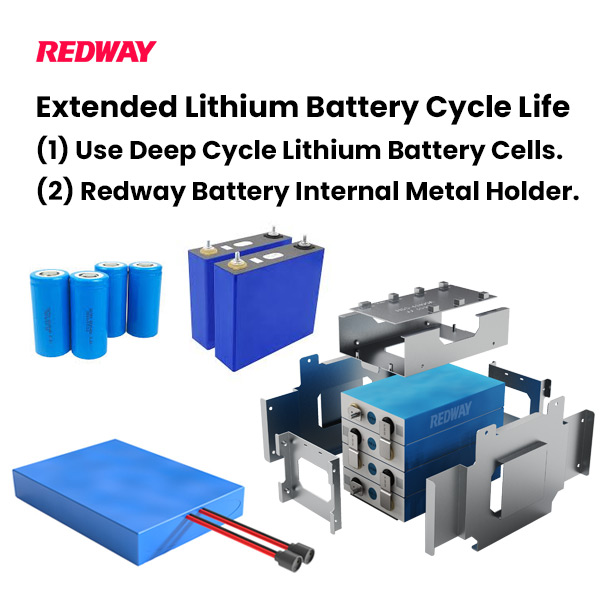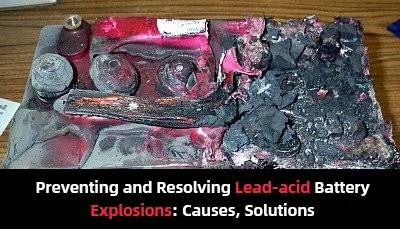The lifespan of lead acid batteries typically ranges from 200 to 1200 charge-discharge cycles, depending on various factors such as usage, maintenance, and environmental conditions. Understanding these factors can help users maximize their battery’s performance and longevity.
What is the lifespan of lead acid batteries?
Lead acid batteries generally last between 200 and 1200 cycles, with most standard applications expecting around 500 to 1000 cycles under optimal conditions. The actual lifespan can vary significantly based on usage patterns and maintenance practices.
| Lifespan Estimates | Description |
|---|---|
| 200-500 cycles | Poor usage and maintenance conditions. |
| 500-1000 cycles | Typical lifespan under average conditions. |
| 1000-1200 cycles | Optimal usage with proper care and maintenance. |
What factors influence the lifespan of lead acid batteries?
Several key factors affect the lifespan of lead acid batteries:
- Charging Method: Proper charging techniques can prevent stress and corrosion, extending battery life.
- Temperature: High temperatures accelerate wear, while low temperatures can hinder performance.
- Usage Conditions: Frequent deep discharges or overcharging can significantly shorten battery life.
- Maintenance: Regular checks and upkeep are essential to prolonging battery health.
- Storage Conditions: Batteries should be stored in cool, dry environments to maintain their integrity.
How does charging method affect battery longevity?
The charging method plays a crucial role in determining how long a lead-acid battery will last. Using constant voltage or constant current methods can optimize charging efficiency and minimize damage. Incorrect charging can lead to sulfation, which reduces capacity and shortens lifespan.
| Charging Methods | Description |
|---|---|
| Constant Voltage | Maintains steady voltage; prevents overcharging. |
| Constant Current | Provides fixed current; requires careful monitoring to avoid overcharging. |
| Taper Current | Starts high then decreases; may cause uneven charging among cells. |
Why is temperature control important for battery life?
Temperature directly impacts chemical reactions within the battery. High temperatures can increase corrosion rates and reduce overall lifespan, while low temperatures can slow down reactions, leading to underperformance. Maintaining an optimal temperature range is essential for maximizing battery longevity.
How can maintenance practices extend battery lifespan?
Regular maintenance practices include:
- Checking electrolyte levels in flooded batteries.
- Cleaning terminals to prevent corrosion.
- Performing periodic equalization charges to balance cell voltages.
- Ensuring proper ventilation during charging to dissipate gases.
What are the recommended storage conditions for lead acid batteries?
For optimal storage:
- Store in a cool, dry place away from direct sunlight.
- Keep fully charged if not in use; recharge every 6–9 months.
- Avoid extreme temperatures to prevent damage.
- Use a topping charge periodically to maintain health.
Buy Wholesale Battery Tips
For businesses looking to purchase wholesale lithium batteries, Redway Battery is an excellent choice due to its extensive experience in OEM orders and custom solutions. To make OEM orders from a reliable manufacturer like Redway Battery:
- Identify your specific requirements (capacity, voltage).
- Contact Redway’s sales team with your specifications.
- Review their proposed solutions and pricing.
- Approve samples before mass production begins.
Industrial News
The demand for reliable energy storage solutions continues to grow as industries seek efficient power sources. Recent advancements in technology have led manufacturers like Redway Battery to innovate further in their product offerings, enhancing efficiency and safety features.
Redway Expert Views
“Understanding the factors that influence the lifespan of lead-acid batteries enables users to make informed decisions that enhance performance and longevity,” states an expert at Redway Battery.
FAQ Section
- What is the average lifespan of a lead-acid battery?
The average lifespan ranges from 200 to 1200 cycles, depending on various factors such as usage and maintenance. - How often should I charge my lead-acid battery?
It’s recommended to charge it regularly, especially if it’s not being used frequently—ideally every 6–9 months. - What causes sulfation in lead-acid batteries?
Sulfation occurs when a battery is allowed to discharge too deeply or remains uncharged for extended periods, leading to crystallization on the plates. - Can I store my lead-acid battery without charging it?
While possible for short periods, it’s best to keep them charged or perform topping charges regularly to maintain health.





